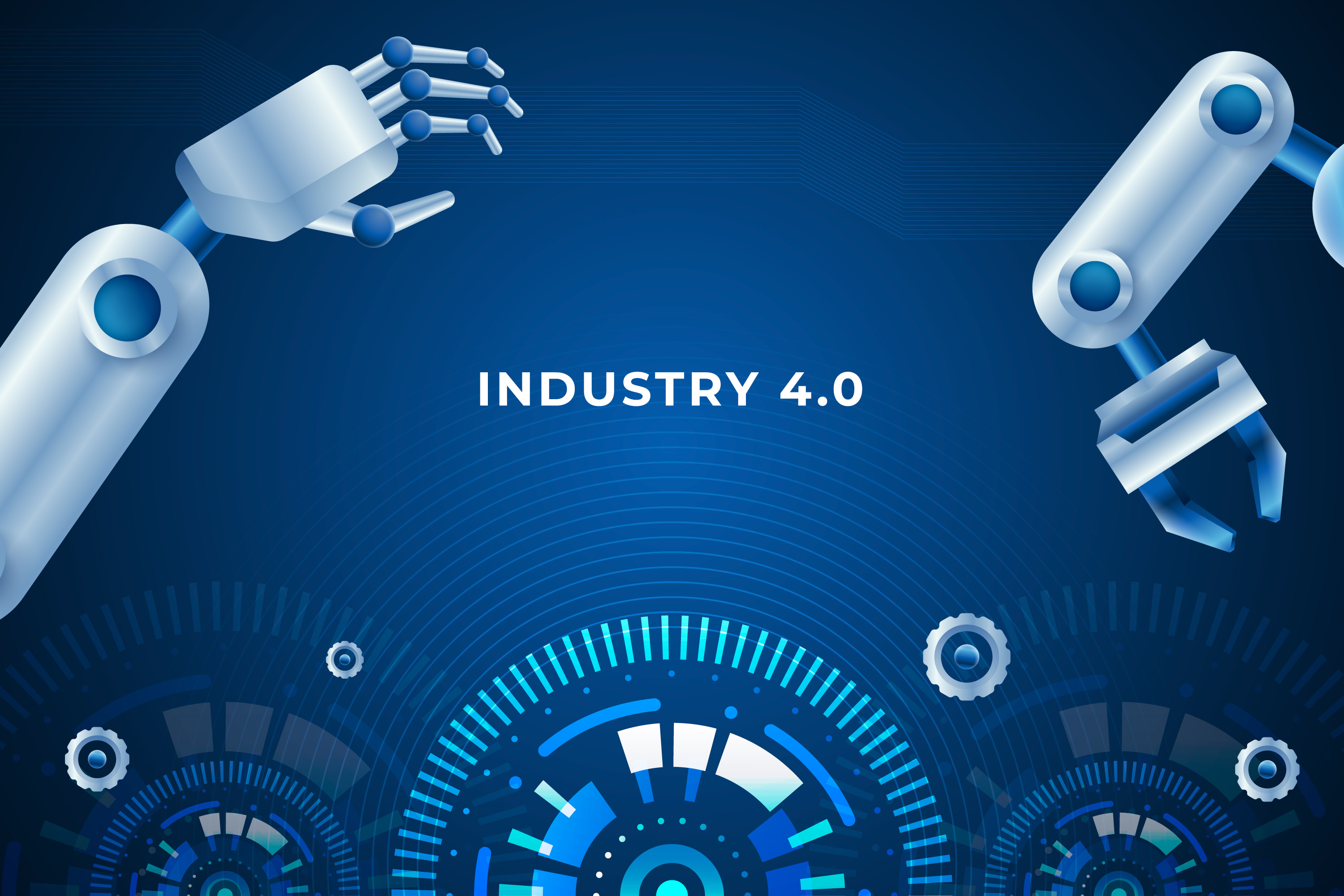The 4th Industrial Revolution (4IR), is making waves currently, changing every part of our lives. The 5th Industrial Revolution (5IR) is the new concept after 4IR. 4IR focuses on “artificial intelligence (AI), robotics, the Internet of Things (IoT), Web3, blockchain, 3D printing, genetic engineering, quantum computing, and other technologies” (McGinnis, 2023). While the 5IR “encompasses the notion of harmonious human-machine collaborations, with a specific focus on the well-being of the multiple stakeholders (i.e., society, companies, employees, customers)" (Noble et al., 2022). It seeks to balance innovative technologies and humans to work together, unlike nowadays in the 4IR, where we, as people, are scared that technology will replace us and take our jobs.
Society 5.0 means that modern society is led by innovative scientific and technological advancements (Ziatdinov et al., 2024). It puts humans at the heart of innovation, using the 4IR technologies to improve people's quality of life, sustainability, and the responsibility of society. Society 5.0 will revolutionize health and individuals' life expectancy, businesses, economy, and sustainability, as mentioned above, as well as education, and offer new skills as other skills will no longer be needed. Lastly, cybersecurity and privacy will be revolutionized.
However, there are challenges; the 4IR, also known as Industry 4.0, faces hurdles such as skill gap, insensitivity of data, security, interoperability, and handling data growth. These challenges are pretty significant as they affect businesses and society. The new 5IR solves 4IR challenges by putting humans and ethical values at the forefront. “In 2017, a British teenager named Molly Russell tragically committed suicide. Her family blamed Instagram for her suicide for recommending self-harming content” (Bristi, 2024). This shows no solid ethics and trust in the 4IR, as it lacks these.
The 5IR balances the advancement of technology with its considerations of ethics (Bristi, 2024). As known, when a new technology is introduced, humans need to adapt; one of the challenges of the 5IR is learning new skills; people have to learn to collaborate with these machines. Lastly, the crucial challenge is cost; some businesses will not be able to afford the new smart machines, which will be very expensive and leave others behind.
These challenges must not be neglected but faced and solved to promote a good equal environment for both machines and humans.
REFERENCES:
McGinnis, D. (2023, July 5). What is the Fourth Industrial Revolution? Salesforce. https://www.salesforce.com/blog/what-is-the-fourth-industrial-revolution-4ir
Noble, S. M., Mende, M., Grewal, D., & Parasuraman, A. (2022). The Fifth Industrial Revolution: How Harmonious Human–Machine Collaboration is Triggering a Retail and Service [R]evolution. Journal of Retailing, 98(2), 199–208. https://doi.org/10.1016/j.jretai.2022.04.003
Ziatdinov, R., Atteraya, M. S., & Nabiyev, R. (2024). The Fifth Industrial Revolution as a Transformative Step towards Society 5.0. Societies, 14(2), 19. https://doi.org/10.3390/soc14020019
Stefanini. (2023, November 14). The Fourth Industrial Revolution: Industry 4.0 Challenges and Opportunities for your business - Stefanini. Stefanini. https://stefanini.com/en/insights/news/the-fourth-industrial-revolution-industry-4-0-challenges-and-opp
Bristi, W.R. (2024, September 9). Is there a fifth industrial revolution on the horizon?. DhakaTribune. https://www.dhakatribune.com/opinion/op-ed/336879/is-there-a-fifth-industrial-revolution-on-the
